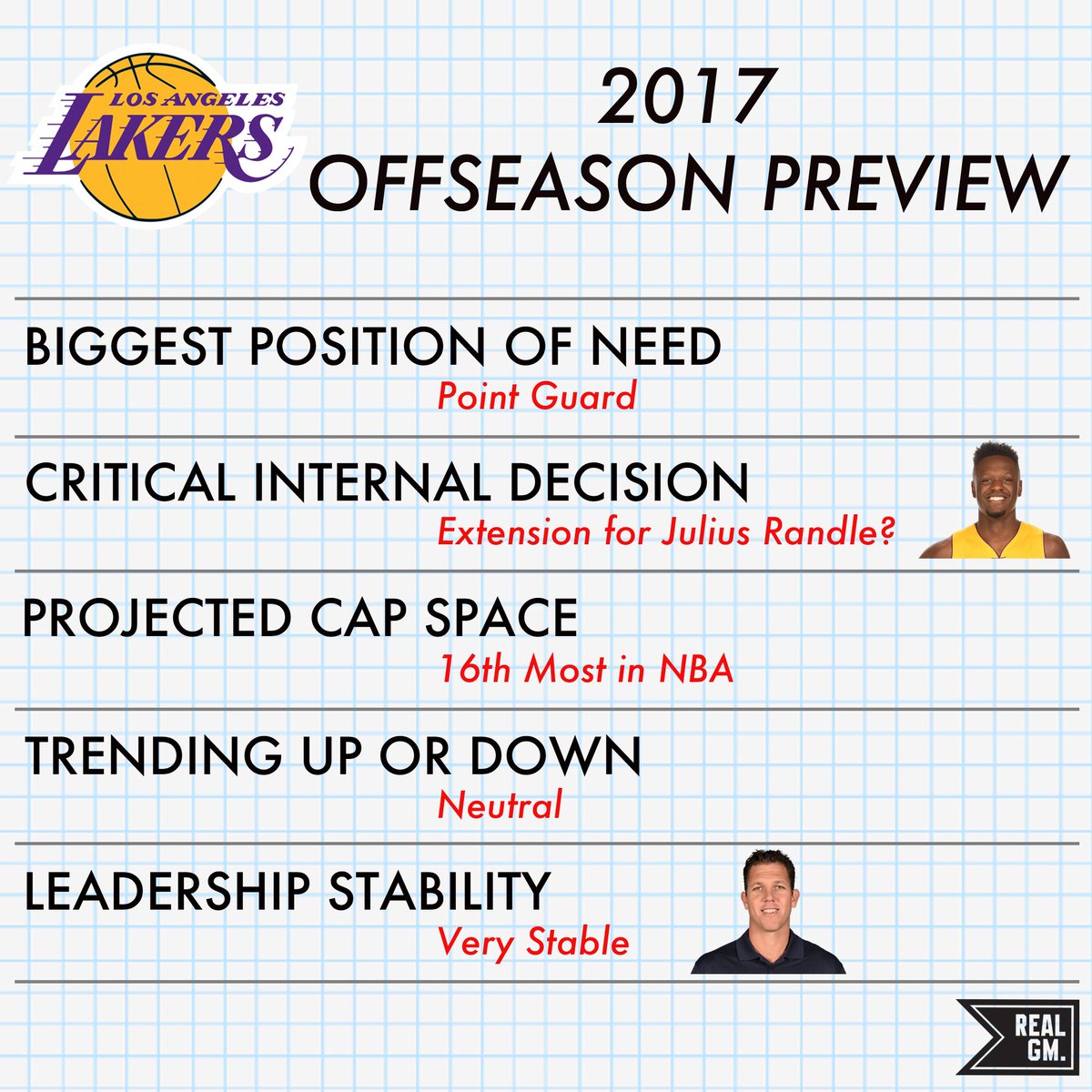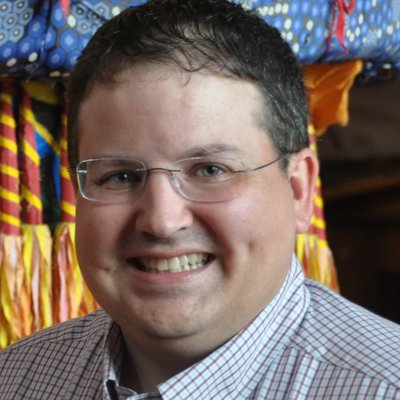For a franchise that had never missed the playoffs for more than two consecutive years, the past four seasons for the Los Angeles Lakers must seem like an eternity. The win totals over those four years are 27, 21, 17 and 23 (as of this writing) and they represent four of the five lowest win totals in team history. Considering the Lakers are NBA royalty with 16 championships, this is easily the darkest period in the franchise’s storied history.
On the flip side, rarely has a Lakers team been so stocked with young talent, with more potentially on the way. Picking relatively high in the lottery in recent years has netted Julius Randle, D’Angelo Russell and Brandon Ingram. The team has also hit on some later picks with Larry Nance Jr., Ivica Zubac and Jordan Clarkson, whom they acquired from the Washington Wizards at the 2014 draft.
Young players rarely mean winning right away, unless they are franchise changing stars and that is where the Lakers seem to come up short. After missing all but 14 minutes of his rookie year, Randle had a so-so second season, but has shown signs of real progress this year. Luke Walton, who was probably the Lakers' best addition in the offseason, has given Randle a role similar to the one that Draymond Green fills in the Golden State Warriors offense. Randle is allowed to bring the ball up off rebounds and facilitate the offense from the top of the key. While his three-point shot still needs work, Randle is at career-highs in scoring and assists at 13.1 PPG and a 19.6% assist rate. His rebounding has dipped a bit, but that is likely more of a sign of better rebounders around him this season, as opposed to any drop in his play. His defense is still a work in progress, to be kind, but he has shown the ability to be rotation player.
Russell was the second player drafted in the rebuild and has seen a lift in his numbers across the board in his sophomore year. He spent the majority of the season playing point guard, before shifting off the ball over the last month or so. This move seems to fit Russell’s nature better, as he’s got the profile of a high usage shooting guard more than a point guard. Think of him as a poor man’s James Harden, which is a nice spot for a second year player.
Ingram was drafted second overall in 2016. He’s delivered a disappointing rookie year, despite some flashes in the second half. Due to his slight frame, Ingram has been unable to create separation to get his jumper off on a consistent basis. Tighter defense has seen him shoot around 40% for the season. Also of concern is his sub-30% three-point shooting and 62% free throw shooting. Those aren’t signs of a good shooter and that is something to watch moving forward. He’s been better late in the year, but there is always the worry of “good stats, bad team” there. Still, at just 19 years old, Ingram has plenty of room for growth and this summer is a big one for him.
Unfortunately, that adds up to a core of nice rotation players, but no superstars. They are all still young enough to get there, but Los Angeles had to be hoping for more of an immediate impact from three consecutive high lottery picks.
Clarkson, Nance. and Zubac have all spent the majority of the year coming off the bench and have proven to be slightly better than expected. Clarkson is a terrific fit as a third guard coming off the bench. Although he’s started for the last month or so of the season, he’s not really a point guard. He’s a combo guard who can score on most reserve units. He’s a little overmatched against other starting point guards, so the Lakers would rather see him backing up both guard spots.
Nance is a terrific energy big and the type of player that all good teams have on their bench. He gets up and down the floor, rebounds well and can block some shots. Zubac, on the other hand, has been a steal in the second round. Like Ingram, he’s also 19 years old, but has more of an NBA-ready body. He can score inside, is a solid rebounder and one of the Lakers' better defenders. That last part isn’t saying much, but for a team where defense is often of little concern, someone has to at least attempt to do the dirty work.
One other young player of note for Los Angeles is David Nwaba. Initially signed to a pair of 10 Day Contracts, Nwaba was signed for the rest of the season and the Lakers hold a Team Option on his contract for 2017-18. He’s already the best guard defender on the roster and has shown some promise as a potential bench player. The Lakers like him quite a bit and, because he defends, he’s likely to be back with the team next year.
The rest of the Lakers are a mix of veterans who have little place on a rebuilding squad. On the good side, Lou Williams played so well he was garnering consideration for 6th Man of the Year. That is a luxury for a bad team and LA did great to get a first round pick for him from the Houston Rockets at the deadline.
The two big veteran signings this past summer have been spectacular failures. Luol Deng and Timofey Mozgov were each signed for four seasons (fully guaranteed) for a combined $136 million. Considering both have missed a third of the season and had little positive impact when they did play, those deals are already a disaster. Being fully guaranteed for three more years each after this season, means that when the Lakers' young players are ready to compete they’ll have two albatross contracts on the books occupying valuable cap space.
Nick Young, once considered a lock to be waived via the stretch provision, played well enough to rehab his value. He’ll either opt in and the Lakers will have a good shooting swing man on a reasonable contract, or he’ll opt out and look for greener pastures elsewhere. Thomas Robinson and Metta World Peace were end of the bench additions and will likely continue to be so for the duration of the NBA careers.
Two players the Lakers acquired from Houston have drastically different situations with the Lakers for next year. Corey Brewer, acquired with the first round pick for Williams, is signed for $7.5 million next season and could be a solid fit on a team that needs a defensive-minded player. He’s also a nice trade chip if the Lakers can flip him to a contender for some sort of future asset. Tyler Ennis, who was acquired in a subsequent trade as Houston was dumping salary, has shown some ability as a backup point guard for Los Angeles. His Fourth Year Rookie Scale Option was declined by Houston, so the Lakers are limited in what they could pay to bring him back. Fortunately, he’s towards the end of the free agent point guard pool, so the Lakers could likely have a return on the cheap if Ennis is willing.
Last is Tarik Black, who is well worth the $6.6 million salary he has for next year because of his willingness to bang inside and do the dirty work. Look for the Lakers to guarantee him and keep him around, mostly due the inability to replace him since the team is unlikely to have cap space.
Because the Lakers won’t have cap space, the draft takes on increased importance. Unfortunately, the Lakers have no control over whether they even have a pick or not. Because of the Dwight Howard and Steve Nash trades in 2012, Los Angeles has a somewhat complicated pick situation for 2017 and beyond. It boils down to this: for the Lakers to keep both their 2017 and 2019 first round picks, they need the 2017 pick to land in the top three in the Lottery. If so, the Lakers will give their 2018 pick to Philadelphia and the first round obligation to Orlando instead becomes two second round picks. If the Lakers pick falls to fourth or lower, they will convey their 2017 pick to Philadelphia and the 2019 unprotected first round pick goes to Orlando.
Let’s keep it positive and assume the Lakers keep their pick. The position of biggest need seems to be point guard. Russell isn’t really a point and the Lakers would love to draft either Markelle Fultz or Lonzo Ball. Ball might actually be preferred, due to his southern California ties and ready-made star status. That might mean moving up into one of the top two spots however. If the Lakers at at three, they could be adding another wing scorer in Josh Jackson, Jayson Tatum or Malik Monk versus reaching for another point guard prospect. Los Angeles also has another pick late in the first round and can add another prospect there, or trade the pick for future assets if a team wanted to move up.
In free agency, the Lakers will probably be fairly quiet. Without cap room, they’ll be relegated to using their exceptions. They could look to add a veteran at point guard to help Russell and a draft pick learn the ropes. And adding another defender would be nice too, if at all possible.
The next biggest question, which may drag out deeper into the summer, is a potential extension for Julius Randle. He’s flashed great ability and seems to have adapted well to Walton’s system, but is he truly a starting caliber power forward in today's NBA? The Lakers already have so much money locked up long term that they have to be certain Randle is a fit going forward before they commit to him.
Magic Johnson and Rob Pelinka will be watching as the Lakers' entire offseason, and foreseeable franchise future, hinges on ping pong balls on May 16th at the lottery. Nothing else the Lakers will or won’t do is as critical as those balls coming up for them to keep their pick in 2017 and 2019.
Offseason Details
Guaranteed Contracts (9): Corey Brewer, Jordan Clarkson, Luol Deng, Brandon Ingram, Timofey Mozgov, Larry Nance Jr., Julius Randle, D’Angelo Russell, Ivica Zubac
Partial/Non-Guaranteed Contracts (1): Tarik Black
Potential Free Agents (5): Tyler Ennis (UFA), David Nwaba (RFA – Team Option), Thomas Robinson (UFA), Metta World Peace (UFA), Nick Young (UFA – Player Option)
“Dead” Money on Cap (0): None
First Round Draft Pick(s) (as of 4/3/17): Pick #3, Pick #28
Maximum Cap Space: $29,926,294
Projected Cap Space: None. $10,304,032 over




